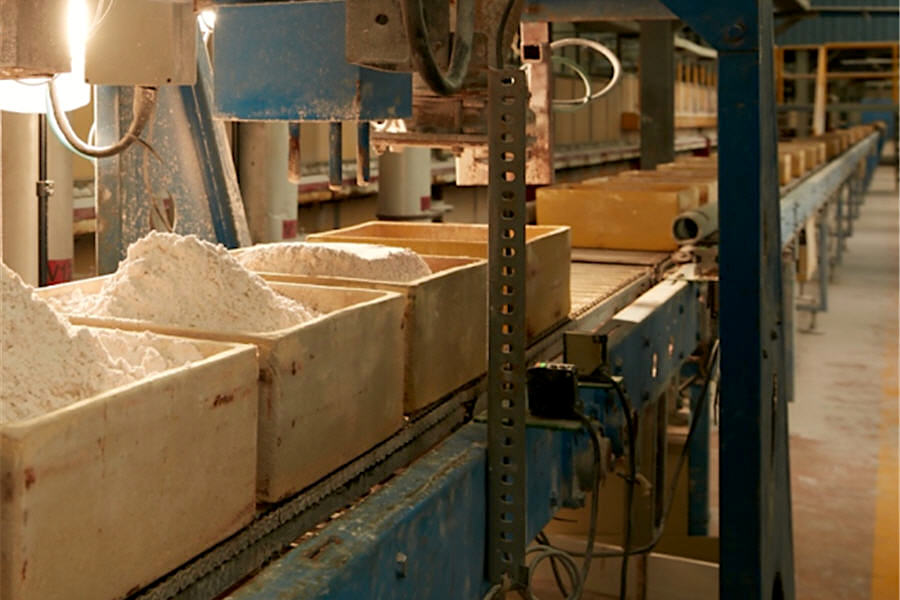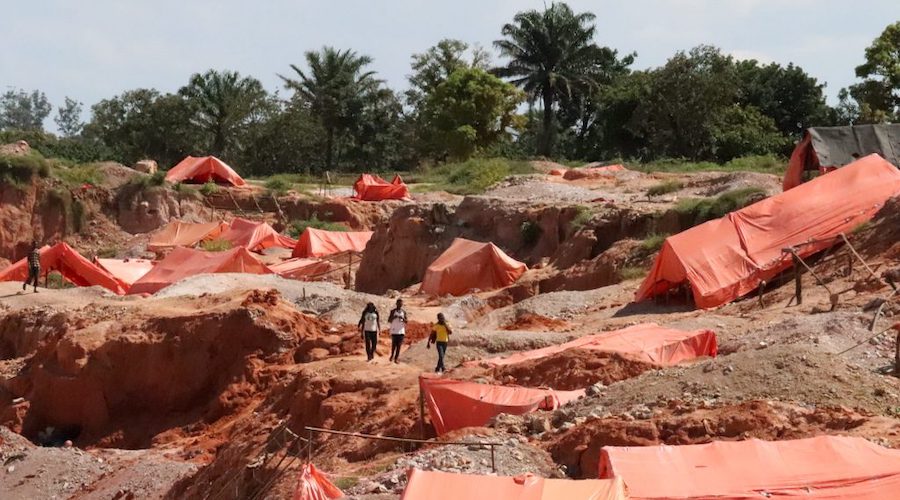Lynas gets extension to build waste plant in Malaysia

Malaysia has provided rare earths producer Lynas Corp (ASX: LYC) with some breathing room for finding a permanent location for a low-level radioactive waste disposal facility for its processing operations on the country’s east coast.
The Australian miner, which fought hard to stay in Malaysia under certain conditions that it needed to fulfill by September this year, said the licensing deadline for the permanent disposal facility (PDF) had been extended by six months to March 2, 2022.
Lynas said the extension recognized the constraints presented by ongoing covid-19 restrictions in the Southeast Asian country, currently dealing with a third wave of the pandemic.
Lynas is against the clock to meet deadlines imposed by the Malaysian government related to building permanent disposal facility and to stop cracking and leaching rare earths at the local facility
The disposal of radioactive waste from the plant has been a contentious issue and identifying a location for the PDF was part of the requirements set by the Malaysian government when renewing the company’s licence to operate.
Lynas is presently processing rare earths at its $800 million Lynas Advance Materials Plant (LAMP) in Kuantan at reduced rate under a fifth licence, received in February last year.
The miner revealed that activists seeking to overturn the operating licence extension granted to the company in August 2019, the fourth such permit, have appealed against a High Court of Malaysia ruling in favour of Lynas.
The company, which controls just over 10% of the global rare earths market, intends to fight the appeal.
Lynas is simultaneously building a new cracking and leaching plant at Kalgoorlie in Western Australia and a separation plant in the United States. The Hondo, Texas facility would be the world’s only large-scale producer of separated medium and heavy rare earth products outside of China, which currently accounts for 70% of global production.
Beijing also controls 90% of a $4 billion global market for materials used in magnets and motors that power phones, wind turbines, electric vehicles and military devices.
More News
{{ commodity.name }}
{{ post.title }}
{{ post.date }}



Comments